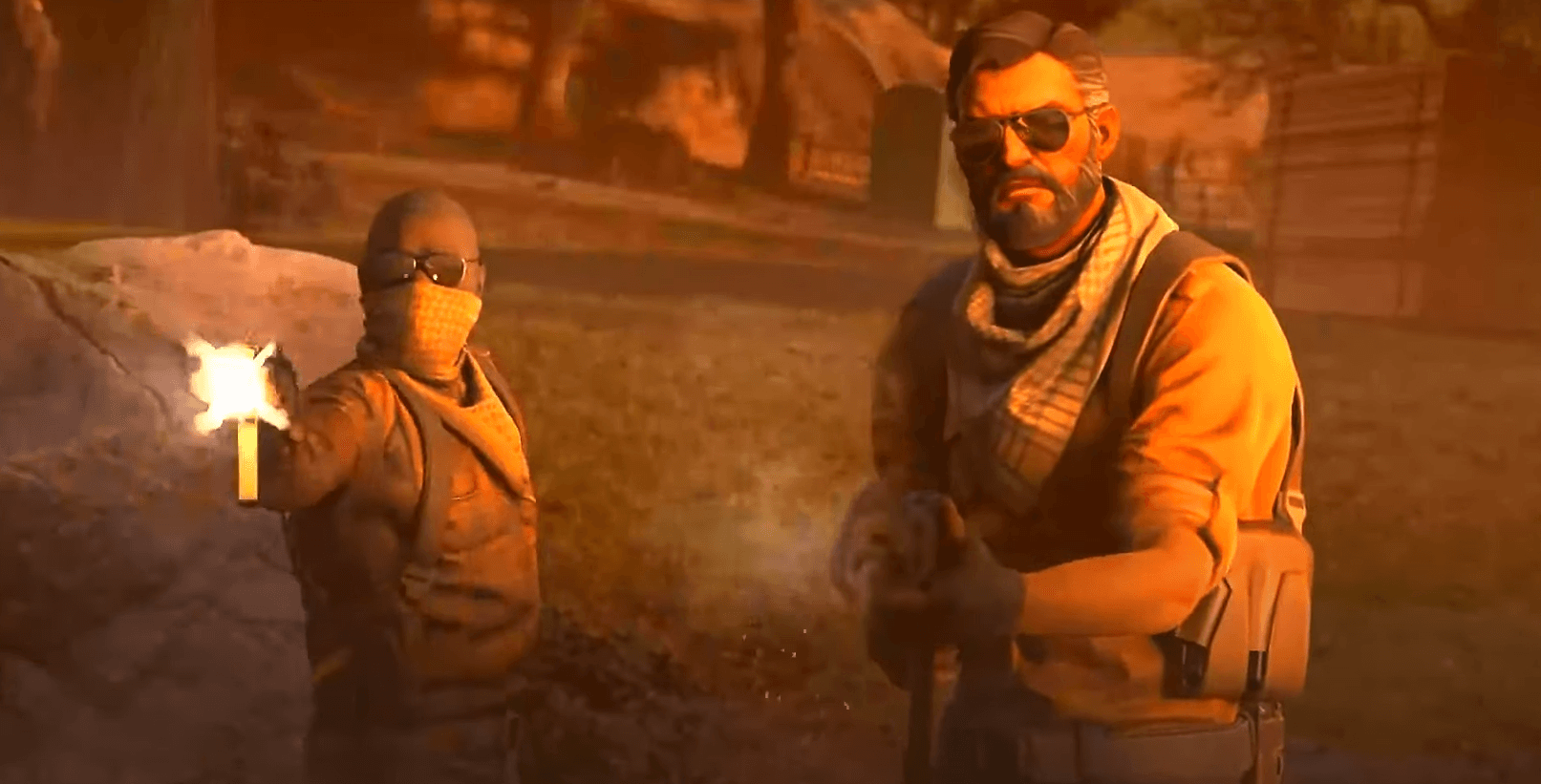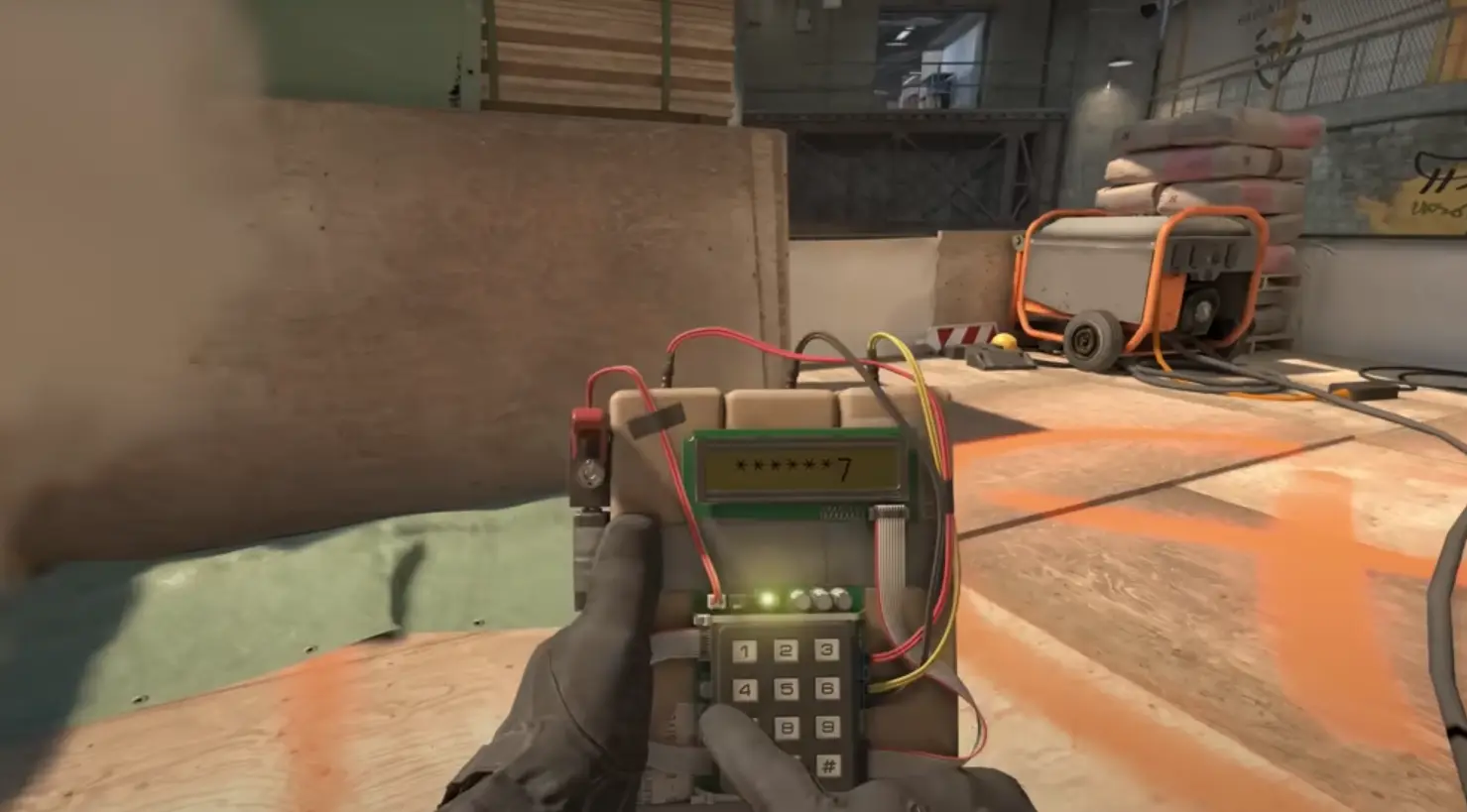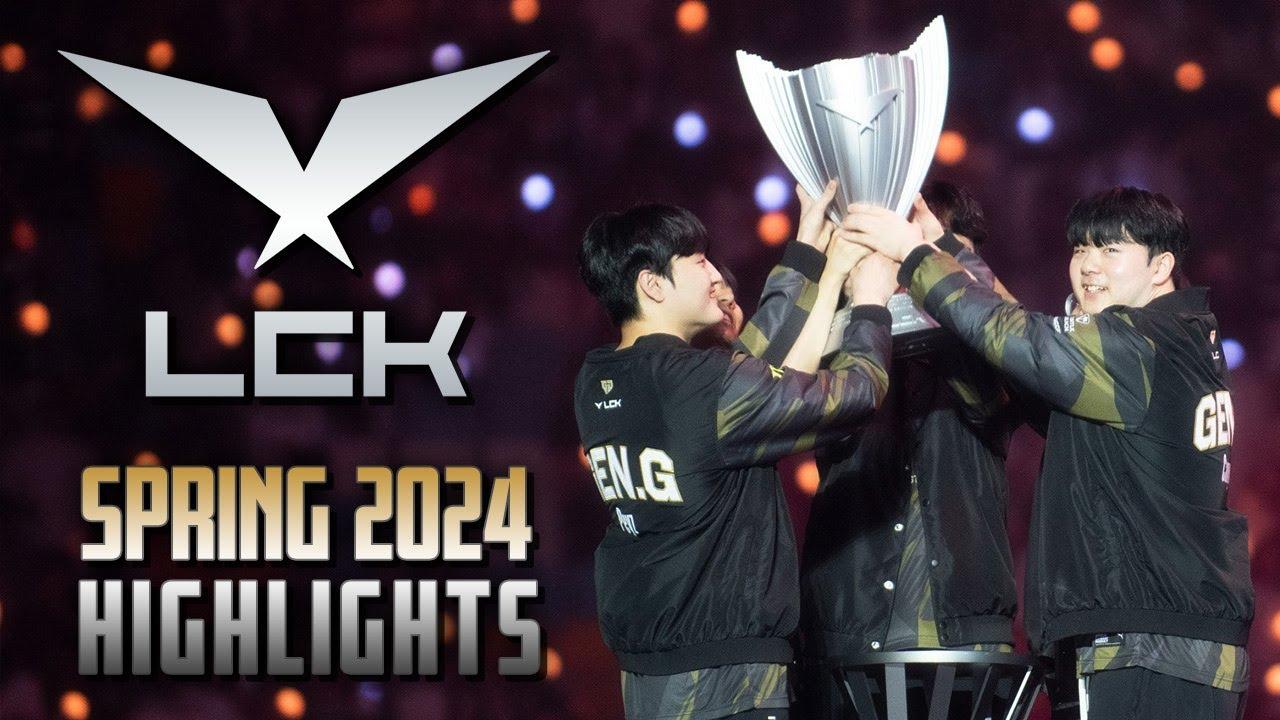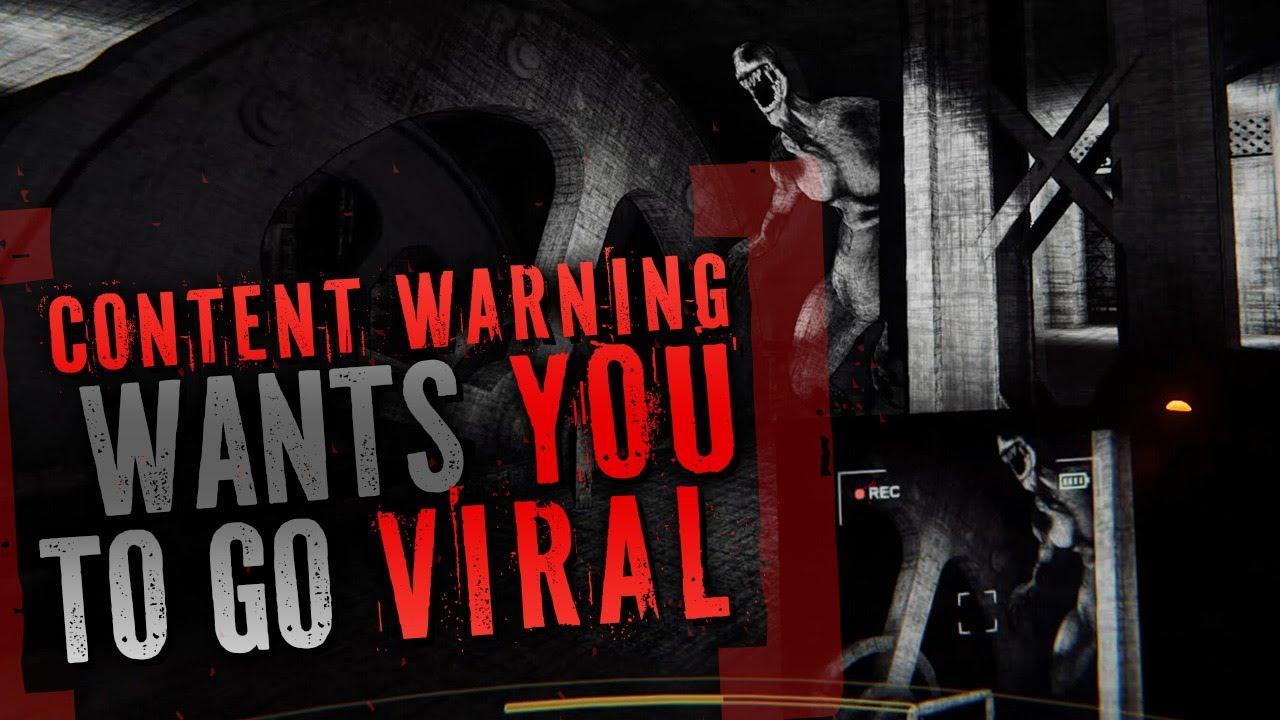
PGL Major Stockholm is equal parts important and dangerous
Beyond the international LAN play and the $2 million prize pool, the Stockholm Major will determine the future of CSGO esports.
As the first Counter-Strike: Global Offensive major in two years, PGL Major Stockholm is Valve’s way of showing its commitment to the game. If the event goes well, it will usher in a new era of LAN. If it goes poorly, it could doom CSGO to another year in the online gulag. Amid health concerns and seeding controversy, the Stockholm Major will set the tone for the future of CSGO.
The Challengers phase begins October 26 at 3 a.m. CDT.
Stockholm will decide the future of CSGO
Many esports sponsorships sunk hundreds of thousands of dollars into CSGO during the online era. With LAN tournaments off the table, teams had to adapt to online play. Now that Valve is pushing a return to offline majors, teams now have the problem of adjusting back to traditional play. The official rosters for Stockholm included a substitute for every team.
It’s no secret that sponsoring a CSGO team has become much more difficult in the online era. Several prominent sponsors left the scene once travel restrictions were put into place, and very few have an interest in returning.
The regional split has also impacted the global CSGO scene. Many teams from North and South America have entirely relocated to Europe in order to compete in online events. This makes tournaments more regular in the EU, but the squads’ home countries have suffered in their absence.
The South American scene looks especially weak, and North American teams have an infamously tough time finding sponsors. If the Stockholm Major establishes that international LANs are the future, it would become more reasonable for American teams to return to their home continent.
The online era hasn’t been entirely bad for CSGO. Tournaments in Europe have become more frequent and accessible than ever before. This leads to top-tier teams sometimes outright skipping events, which results in more money going to developing talent. This in turn makes sponsorships more worthwhile. The Stockholm Major will send a clear message to sponsors one way or another.
In the best-case scenario, CSGO will return to offline play while keeping regular online tournaments. However, potential health problems still stand as a formidable obstacle to regular offline play.
Health concerns at the Stockholm Major
Dota 2’s The International 10 was a sneak peek into how Valve plans to run the CSGO major. While ultimately successful, the $40 million Dota 2 tournament ran into a few unique snags. First, it had to cancel the live audience just days before the beginning of the tournament. Then multiple players failed health tests right before the group stage. A handful of TI10 casters and analysts wound up being affected as well.
If Valve has learned anything from TI10, the Stockholm Major will be even more strict when it comes to health concerns.
Unlike The International 10, PGL Stockholm Major still intends to feature a live audience. This could complicate health matters even further, though Stockholm has reported only a couple hundred cases for the past few days. Still, the increased number of people in the arena could lead to more failed health checks. TI10’s situation could repeat itself in Sweden.
CSGO has already had some success with offline tournaments this year. IEM Cologne and IEM Fall both went off without a hitch, though both events lacked a live audience. If the Stockholm Major goes smoothly, expect to see a mass return to offline events in 2022. If players and analysts start testing positive, online CSGO tournaments could continue to be the standard for the next few months.
Recommended

All maps are now available in CS2, what does it mean?
Poor Inferno players.

Redline creator reveals a sequel skin for CS2
Maybe call it the Orangeline?

CS2 release date: Everything we know so far
Is it CS2-morrow? No, it is not.





